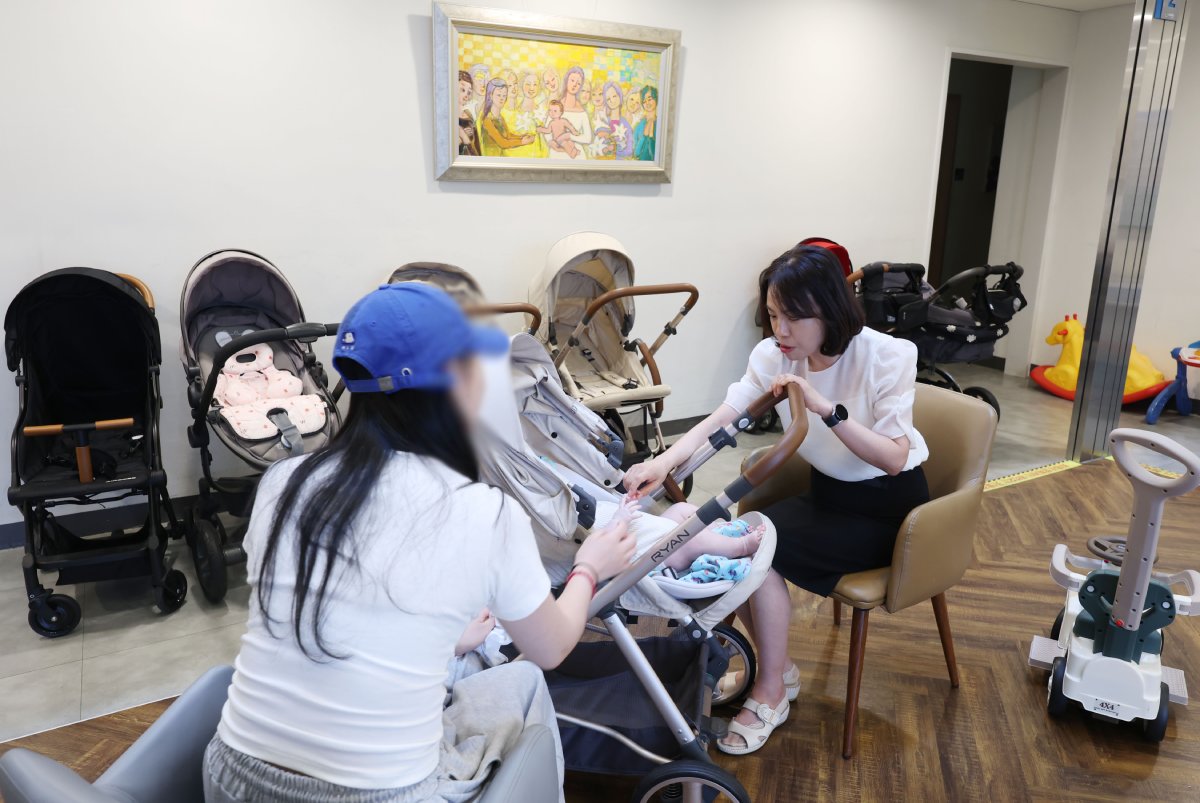Income of Top 20 Percent Households Six times Bigger than Bottom 20 Percent
Income of Top 20 Percent Households Six times Bigger than Bottom 20 Percent
Posted April. 26, 2002 09:43,
The income difference of households is widened since the foreign exchange crisis. Additionally, the survey shows the expenditure of domestic account is increasing much faster than income.
According to `Household Consumption Status of 2000` announced on April 25 by the Korea National Statistics Office (KNSO), which conducted survey on 27 thousand households excluding farm and fishing sectors, Gini`s coefficient, which shows the degree of income inequality, recorded 0.351, a 0.061 point higher compared to 0.290 in 1996.
The income of top 20 percent income bracket was 6.75 times bigger than the bottom 20 % households, which indicated the widening income gap compared to 1996 when it was 4.74.
The average annual income of the whole households was 30,359,0000 Won, averaging 2.53 million Won in monthly figure.
Outstanding income, which is a regular income such as monthly wages and interests, recorded an annual 23,962,000 Won, an increase of 12.4 percent compared to five years ago. The household expenditure was 23,531,000 Won, an increase of 27.7 percent compared to five years ago, which indicates a rapid increase of the household expenditure compared to an increase of household income. Among the household expenditures, the consumption increased 18.5 percent while the non-consumption items such as taxes, pensions, and medical insurance increased a whopping 94.1 percent.
The average saving amount of the household was 23,086,000 Won, an increase of 31.4 percent compared to five years ago, but the average debt amount also showed an increase of 34.7 percent to 9,842,000, which indicates the increase of the average debt is faster than the increase of the average saving.
Director of social statistics division of KNSO, Jang Kyung-Sae commented, `The income distribution structure has been deteriorated due to the increase of unemployed persons following the foreign exchange crisis,` and added, `Generally speaking, the expenditure increase rate was higher than the income increase as the consumption tendency of the high income brackets for education and cultures grew steep. Gini`s coefficient is a calculated figure devised by Mr. Jini, an Italian mathematician. The figure has the value ranging from 0 to 1, and the income distribution difference become more leveled as it approaches 0 and more pronounced as it nears 1.
Joong-Hyun Park sanjuck@donga.com



![[단독]尹 “국무위원조차 살길 찾아 떠나려…없는 얘기 한다” 진술](https://dimg.donga.com/c/138/175/90/1/wps/NEWS/IMAGE/2025/07/10/131976712.1.jpg)


![[단독]明-디올백 논란 시기, “北에 드론 최소 5번 날려”](https://dimg.donga.com/c/138/175/90/1/wps/NEWS/IMAGE/2025/07/11/131980712.1.jpg)
